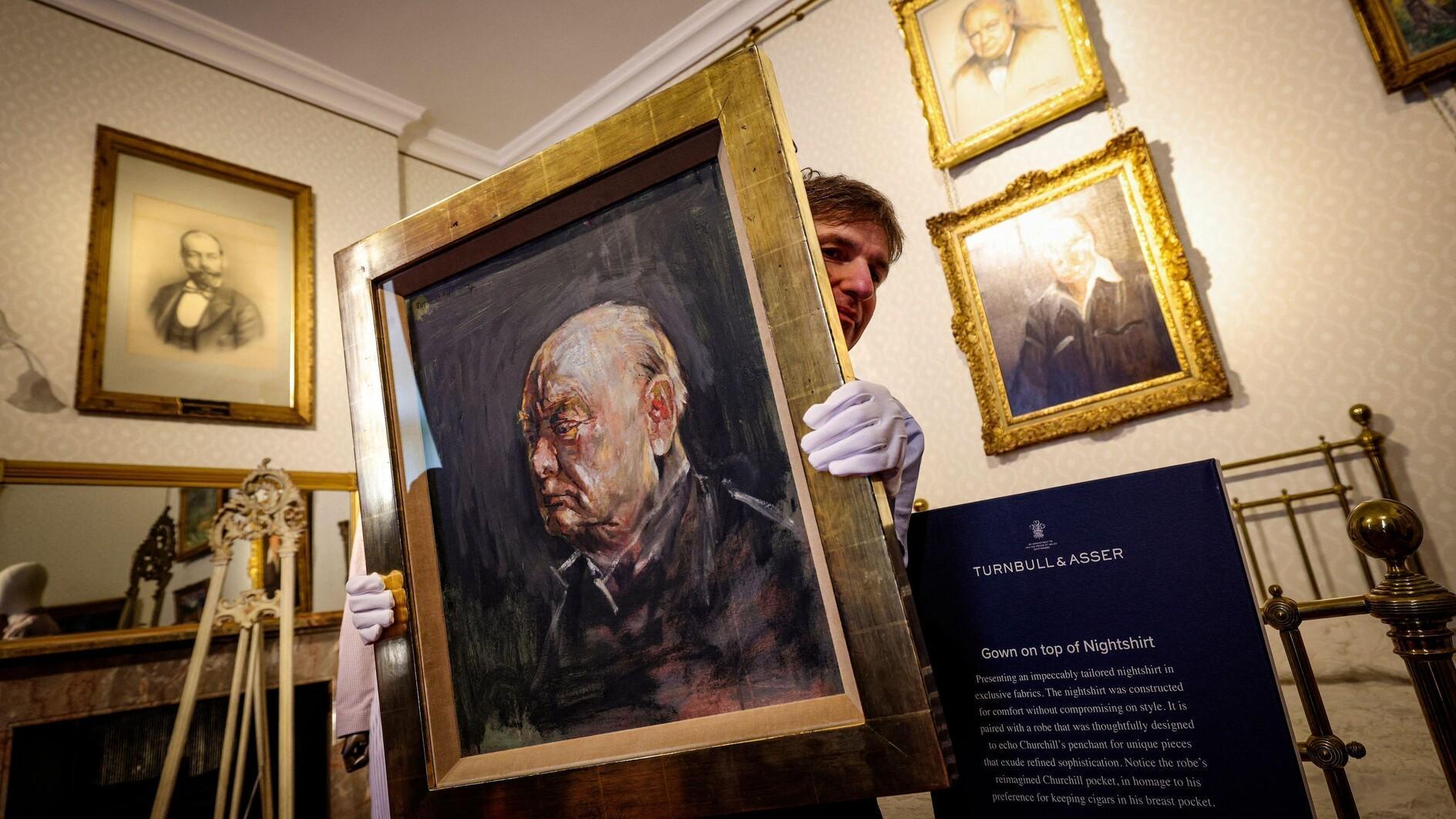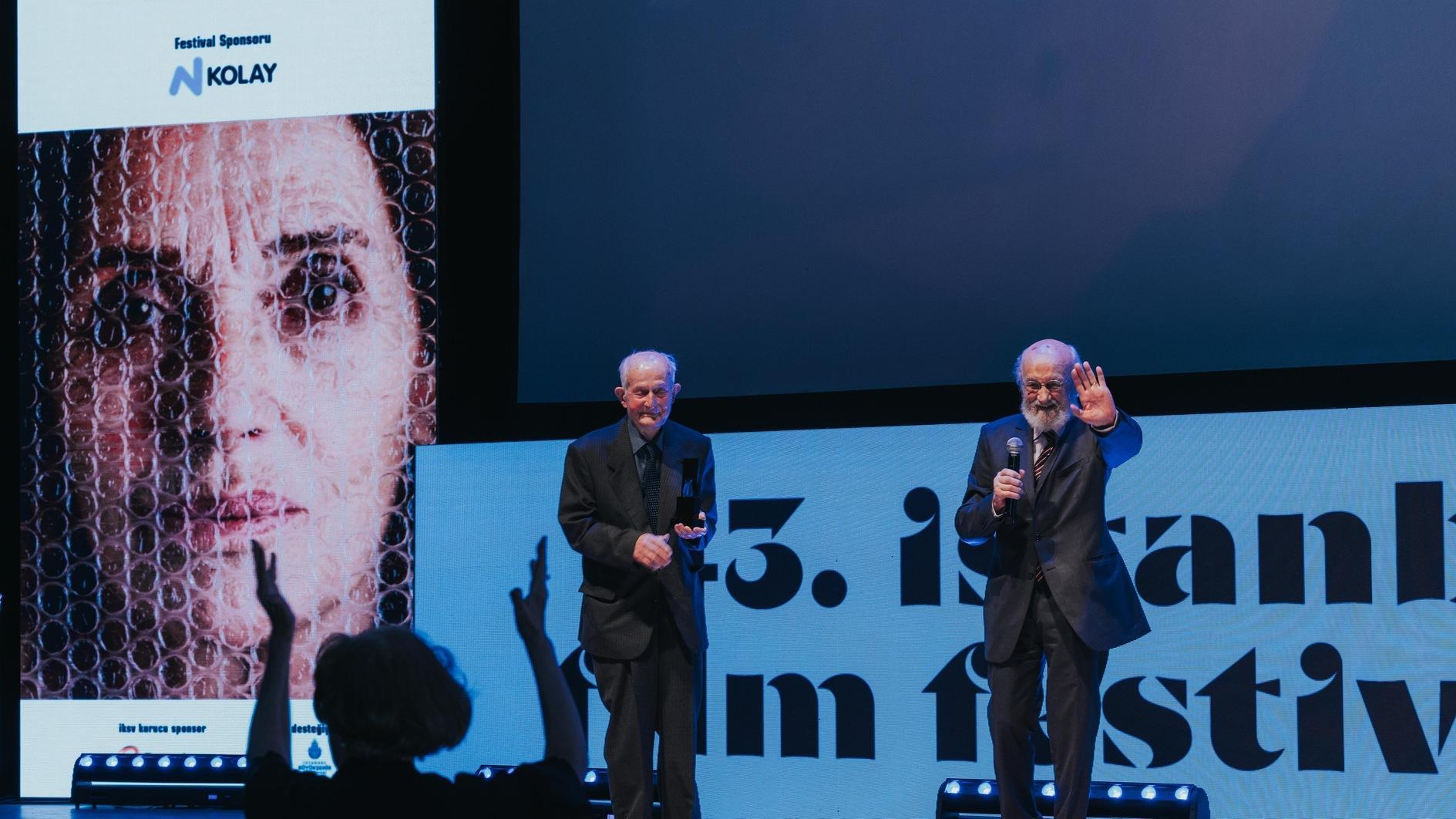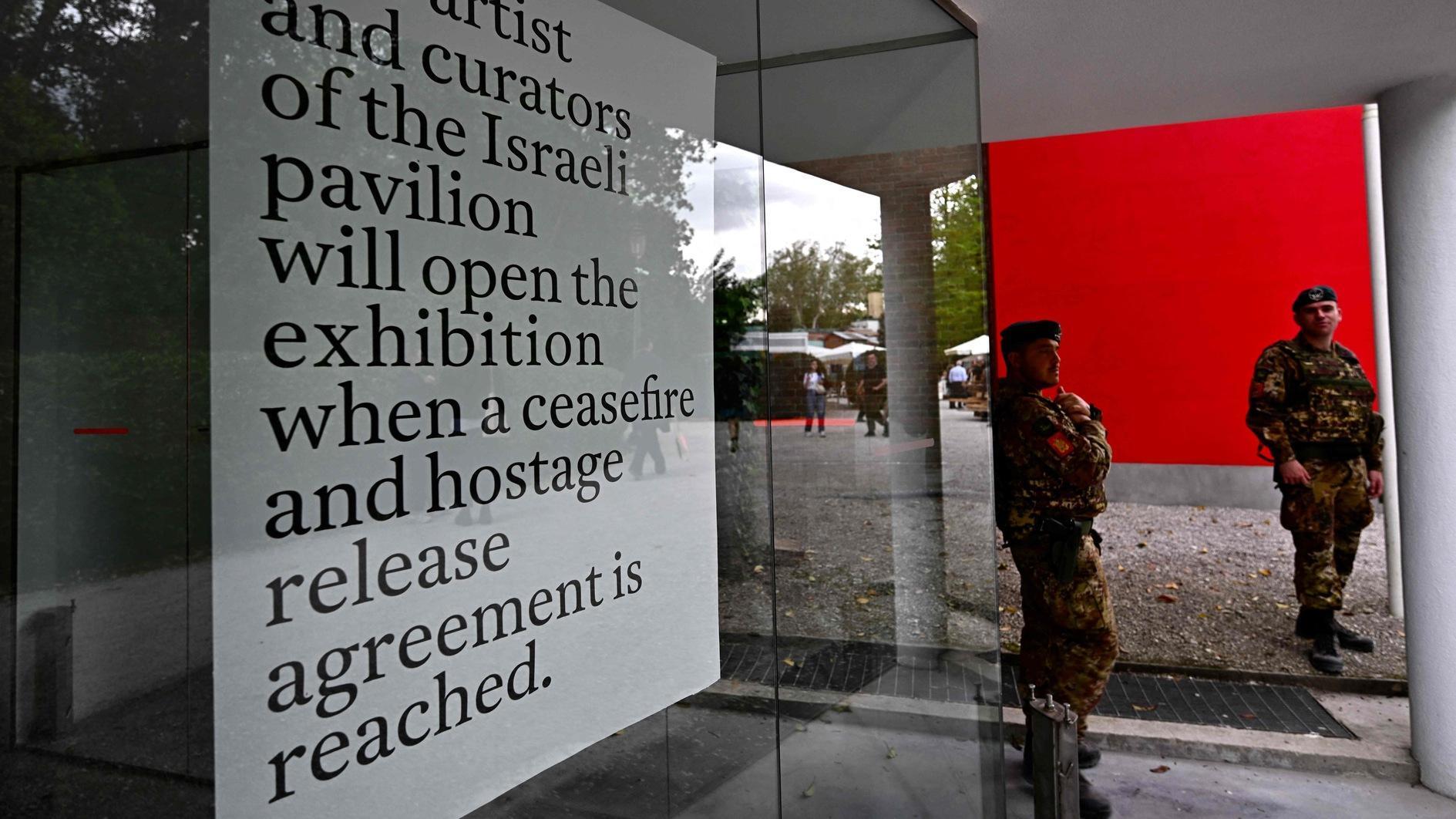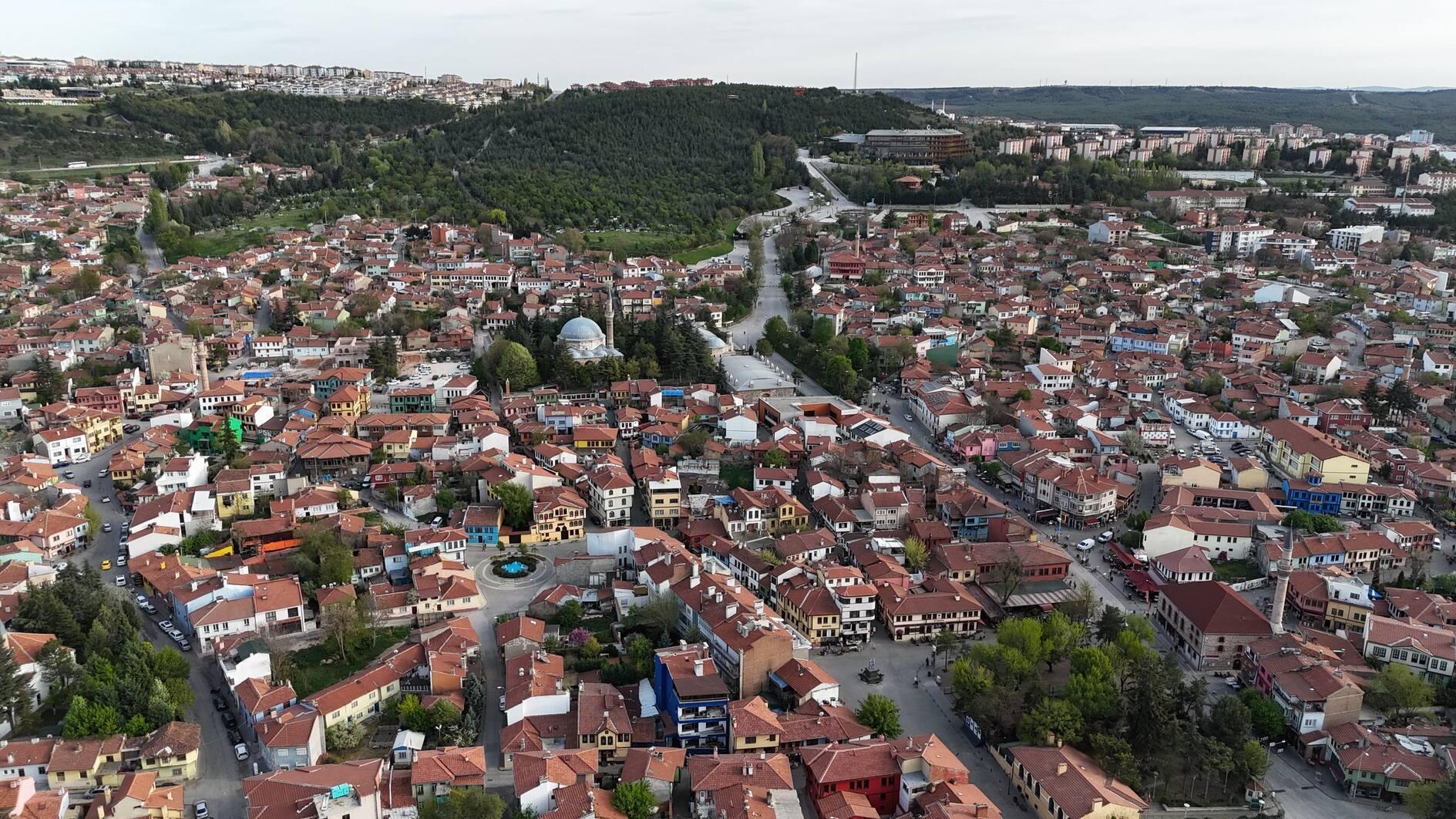Portraits from a ballot box in Turkey
I got a glimpse of the Turkey that I want to live in on April 16 while I was working as a ballot box observer in downtown İzmir.
True to form, the ballot box had representatives from the four parties in parliament: the ruling Justice and Development Party (AKP), the Nationalist Movement Party (MHP), the Republican People’s Party (CHP) and the Peoples’ Democratic Party (HDP). Within several hours, the HDP representative, a young, slim shoemaker from İzmir’s impoverished Karabağlar district, and the MHP representative, a 40-something woman in early retirement, became friends fast and started showing each other photos on their mobile phones. “You are as old as my son,” said the woman as she showed the young man a photo of her son who studied architecture.
“I wish I had a chance to go to university,” replied the shoemaker. “I was a good student but we did not have the money.” He, in turn, showed her a snapshot of his girlfriend, a headscarf-wearing girl who arrived in our ballot-box later in the afternoon and brought us all “lahmacun” from the southeastern province of Mardin. The CHP representative, an intimidatingly chic blonde in her 50s sporting an Hermes scarf, revealed that moment that she was originally from the eastern province of Gaziantep, which led the CHP and HDP representatives to give us a long, passionate speech on places to visit in the east of the country.
The biggest surprise proved to be the AKP representative: A plump young girl from the Çiğli district with blonde hair and dark roots and pink lipstick busy with taking selfies of herself. She confided to me at the end of the afternoon that her father forced her to be an AKP ballot representative. Indeed, the father had come in twice to check on his daughter, to make sure that the she did not spend too much time outside smoking cigarettes or leaving the ballot box. “Ablacığım [my sister], I am sick of the whole pressure he puts on me,” she said. “So when I went into the ballot cabin, I stamped on the ‘no,’ out of pure anger against his repression.” It was unclear who the “he” in the sentence was. But then she grew scared: “My father or a party representative will be here when we count the votes. What happens if there are no ‘yes’ votes in this box? Then they will know that I voted ‘no.’ I was hoping that the MHP representative would vote ‘yes,’ so that I could have a cover but she voted ‘no’ as well,” she lamented. Fortunately for this reluctant ballot representative, there were a handful of “yes” votes in the box. The low percentage of “yes” was duly noted by an AKP electoral observer who came during the count, a beautiful 20-year-old girl wearing a headscarf that matched the color of her eyes and an Indian tattoo on her right hand. She looked neither surprised nor sad when she heard the high percentage of “no” votes, perhaps that was what she expected from İzmir.
Seasoned ballot representatives had warned us that troubles and clashes erupted during the vote count. Nothing of the kind. The votes were counted in peace, with party observers and several “concerned” citizens looking on as the ballot head, a teacher of mathematics, held up each ballot for all to see, uttering “yes,” “no” or “invalid.” Then we parted, exchanging phone numbers happy and hopeful. I went home optimistic, not on the result of the vote but of this experience of harmony.
This image of this ballot box, where people with different political affiliations work peacefully and respectfully in downtown İzmir, may be considered a detail in the overall picture of Turkey in the wake of the April 16 referendum, where reports of small-scale cheatings and irregularities swept over the social media on April 16 and more importantly, a great controversy was sparked by the last-minute decision of the Supreme Election Board (YSK) that unsealed ballots would be regarded valid.
But it is a story worth telling in a country whose polarization is fed on stereotypes and generalizations; a country where leaders’ rhetoric is largely divisive and intolerant; and where Cassandras predict an unalterable future with winds of autocracy blowing harder every day.
The ballot box in İzmir might just be a cross-section in the 49 percent of naysayers who have expressed a strong opposition to the concentration of power in a single office and the destruction of checks and balances. Unlike the rhetoric of the long and unbalanced campaign, the opponents were not simply “the Kemalist elites who were trying to hang on to their privileges” or “terrorists” or “the lackeys of the West, who do not want to see a strong Turkey.”
The secular/conservative divide did not fully apply in the division of votes in this referendum. The binary of white Turks vs. Black Turks also failed to explain the divide. The naysayers included disgruntled MHP voters who were untaken by the exaggerated anti-Europe rhetoric and the “how can you vote ‘no’ when PKK does too?” silliness; the small-businessmen whose faith in the “economic miracle” evaporated in the face of the devaluation of the Turkish Lira against the dollar; the young girl from the conservative family who found the situation in Turkey “suffocating,” and the young shoemaker who thought that education had become impossible for the poor. The vote of “no” came from the people using their right to peaceful protest throughout this week every day in İzmir and Istanbul. To repeat the words of Kati Piri, the European Parliament rapporteur for Turkey; there are millions in Turkey who are defending democratic values - and these can coexist.











